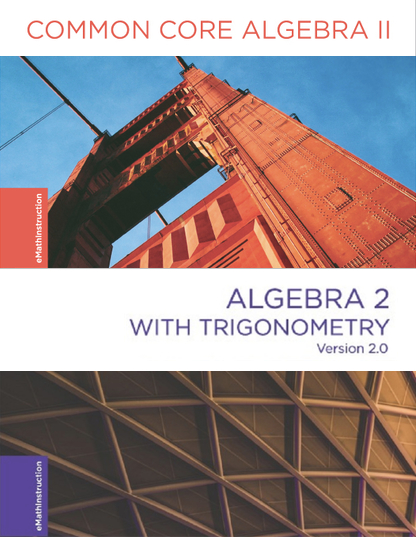
Happy New Year! We’ve now closed the book (thankfully) on 2021. As 2022 begins, we know the challenges facing teachers, students, and parents are as daunting as they have ever been. As always, we’ve been working hard to create more resources that teachers can use in their classrooms. Before we detail the new resources we’ve added, all of us at eMATHinstruction want to give a huge shout out to all teachers. You are rock stars, and we want you to know that we appreciate each and every one of you.
Middle School Updates
In N-Gen Math 6 this month, we bring you resources for Unit 8 (Percent). First, we have the exit tickets for this unit and we have added a mid-unit quiz. We also have published the Spanish versions of the Unit 8 Review and Unit 8 Assessment.
For N-Gen Math 7 this month, we have new materials for Unit 6 (Linear Equations and Inequalities). We have now published the exit tickets and the mid-unit quiz for Unit 6. We have also published the Spanish language versions of the Unit 6 Review and Unit 6 Assessment.
Rounding out our new middle school additions, we have materials for Unit 7 (Exponents and Roots) in N-Gen Math 8. First, we have published the exit tickets for Unit 7, and we have also published the Unit 7 mid-unit quiz. Finally, we have also published the Spanish language versions of the Unit 7 Assessment and Unit 7 Review.
High School Updates
For Common Core Algebra I, this month we bring you two new resources for Unit 7 (Polynomials). First, we have the Unit 7 Mid-Unit Quiz Form C. We also have a nice fluency sheet on squaring binomials and factoring perfect square trinomials. This is a great sheet to have kids work on before doing work with completing the square.
In Common Core Geometry, we have two additions to Unit 6 (Quadrilaterals). First, we have added the Unit 6 Mid-Unit Quiz Form C. We also bring you a worksheet on the symmetries of the major quadrilaterals. This is a good set of problems for kids to think about lines of symmetry in quadrilaterals as well as rotational symmetries.
Our Common Core Algebra II additions for this month include one from Unit 8 (Radicals and the Quadratic Formula) and one from Unit 9 (Complex Numbers). First, we have added a practice set of problems on fractional exponents and roots. This is a set of challenging problems (great for extra credit) where students rewrite expressions using exponent laws as well as knowledge of roots and fractional powers. We also have the posted the Unit 9 Mid-Unit Quiz Form C.
Finally, in Algebra 2 with Trigonometry this month we have added the Unit 9 (Trigonometric Applications) Mid-Unit Quiz Form C.
In Other Algebra II News

We have now combined our Common Core Algebra II and Algebra 2 with Trigonometry memberships. Going forward, we will be offering an Algebra II course membership which will grant access to resources for both of these courses. If you currently hold a Common Core Algebra II membership you now also have access to Algebra 2 with Trigonometry resources.
For the 2022-2023 school year, we will continue to produce new materials for Common Core Algebra II, but not for Algebra 2 with Trigonometry.
Looking to Spring
We look forward to winter becoming spring in the coming months. And with spring, our new N-Gen Math Algebra I should also be coming out. We hope to have samples available in late spring. For now, stay warm, stay healthy, and stay sane. Take time for yourselves and have faith that we will all get through this to warmer times.





